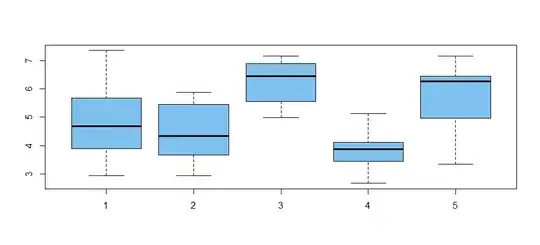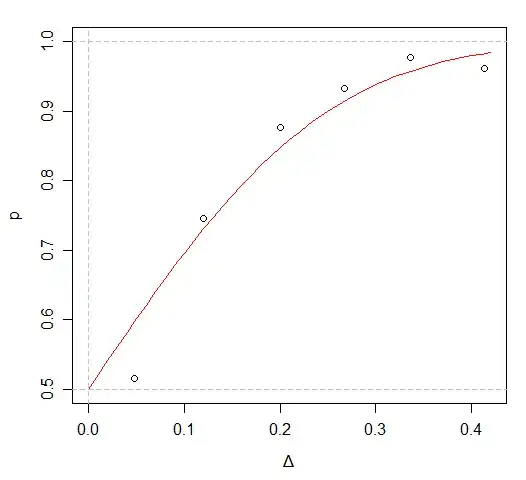Round-off rules are mostly arbitrary. Those you posted are reasonable, but not universally accepted.
Various statistical software packages show different numbers of decimal places, sometimes more than you would want to show in
a publication or report. (Sometimes statistical software rounds P-values larger than $0.20 = 20\%$ because full accuracy is not used in making decisions whether to reject.)
Whenever you may need to use a value for subsequent computation (like taking the square root of a variance to get SD) then it is a good idea to keep an extra decimal place or two. Ranges and interquartile ranges are
sometimes used in subsequent computations (for example, to make boxplots or for tests).
In a chi-squared test, do not round 'expected counts' to integers.
It is not a good idea to round original data, except possibly to save space in a publication, and then only after all computations are finished--and keep a copy of original data.
Never round data before doing a non-parametric test: some of
them are very sensitive to ties, and rounding can induce ties.
Ordinarily, boundaries of CIs should not have more than one extra place beyond the original data (to avoid a false pretension of accuracy).
The formula $S^2 = \frac{1}{n-1}[\sum_{i=1}^n X_i^2\, - n \bar X^2]$ can be extremely sensitive to rounding; so round nothing until you get the value of $S^2,$ then round as usual.
Or use $S^2 = \frac{1}{n-1}\sum_{i=1}^n (X_i -\bar X)^2$ instead.



